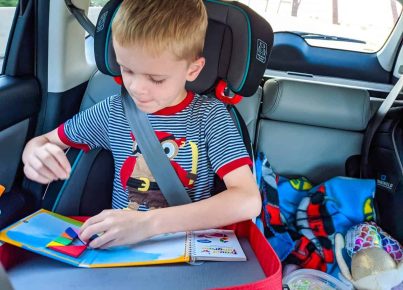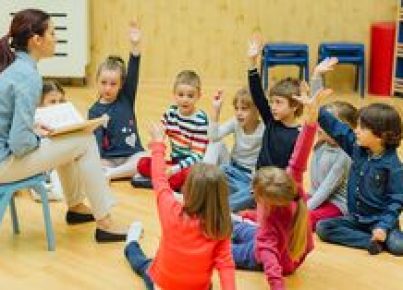This stands for the ability to recognize and pronounce a letter that has been handpicked from a group of letters. Letter recognition or alphabet recognition is the most fundamental part of letter knowledge. Just like other fundamental training like potty training, kids need to learn letter recognition. Children must have this skill to start learning how to read easily. Additionally, children who can name the letters conveniently tend to be more interested to learn about words and their pronunciation. Sometimes, children can get clues on how a letter should sound by correctly recognizing its name.
Before parents start teaching their kid’s letter recognition, there’re some other essential skills that need to be taught. These include teaching visual discrimination. It helps a kid learn to recognize differences among shapes and lines. They should also be encouraged to practice visual discrimination by sorting letters depending on curved lines versus straight ones.
When it comes to teaching letter recognition, parents don’t necessarily need to follow alphabetical order. Instead, they should begin with the letters in the child’s name. The letters in a kid’s name have more meaning to them and give more opportunities to practice recognizing them in various manners.
Here’re some methods that can be used to teach letter recognition.
·Letter formation
·Clear instruction in letter naming
·Sorting activities to help understand differences in letter shapes
·Exposure to letters in different text formats
·Fluency practice in identifying letters
·Accuracy and fluency assessments
Kids need to be aware of both uppercase and lowercase letters to become successful readers later on. In reading, lowercase letters remain more common. But for kids, it’s more convenient to learn uppercase letters first. As uppercase letters can be visually distinguished easily, they wouldn’t confuse them, which is a common occurrence with lowercase letters. In fact, when it comes to uppercase letters, the only ones kids can confuse are W and M. One effective way to handle this is to teach these two letters one by one. Once the kid masters both, there’re activities that can help them understand the differences between them more clearly.
In a preschool classroom, teachers should follow some strategies when figuring out letter recognition activities. For instance, the use of visuals like alphabet cards often proves to be useful. Also, ‘think aloud’ strategies, where teachers talk aloud to communicate something to the students and let them notice every letter, can help.




